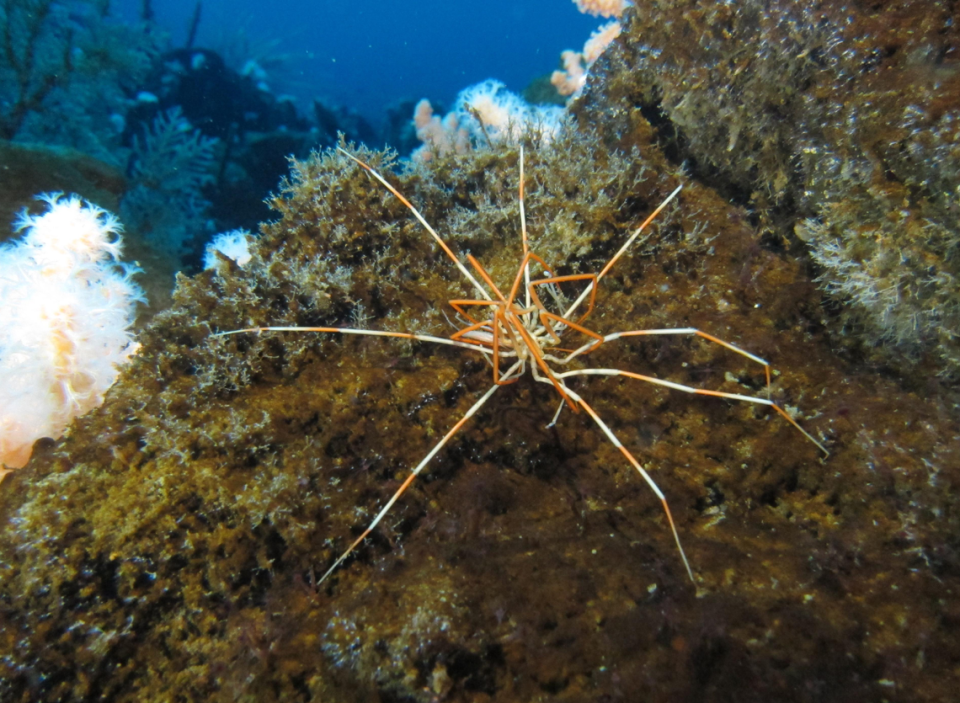‘Mysterious’ Antarctic creatures hid their mating strategy for 140 years — until now
Living in the frigid waters off the coast of Antarctica, the giant sea spider has hatched its young in secrecy for over 140 years.
But recently, researchers dove down to the sea floor off the remote continent and unlocked the decades-old mating mystery, according to a news release from the University of Hawaii at Manoa, citing a newly published study.
Several of the invertebrates — which exhibit polar gigantism, a condition that allows them to grow to great sizes — were collected from the sea floor during dives in 2021.

The creatures, which appeared to be in the mating process, were then transported to tanks to be observed.
Two separate mating groups were seen to have produced thousands of eggs, researchers said.
Then came the strange part.
One of the parents — probably the father — spent two days fixing the eggs to the seafloor, where they then grew for months and hatched into small larvae.
Over time, microscopic algae blanketed the eggs, creating a “perfect” layer of camouflage, researchers said.
“We could hardly see the eggs even when we knew they were there, which is probably why researchers had never seen this before,” Graham Lobert, one of the study authors, said in the release.
This reproduction strategy was unlike that exhibited by the majority of sea spiders.
“In most sea spiders, the male parent takes care of the babies by carrying them around while they develop,” Amy Moran, one of the study authors, said in the release.
“We were so lucky to be able to see this,” Aaron Toh, the third study author, said in the release. “The opportunity to work directly with these amazing animals in Antarctica meant we could learn things no one had ever even guessed.”
Antarctic marine life remains largely unstudied, researchers said, so this finding could have broader implications for research into life around the continent and throughout the world.
‘Spectacular’ bird — lost for decades — is rediscovered. See the ‘mind-blowing’ photo
Ancient church — teeming with treasures and burials — unearthed. See what was found
Endangered cats’ survival mystified researchers — until video reveals their strategy


